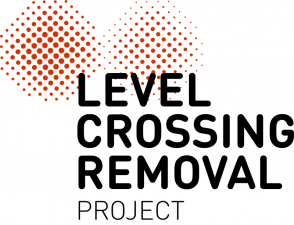Why Choose Flink Labs?
Trusted Expertise 13+ years at the forefront of AI and data. Our team’s 25+ years of experience and award-winning projects turn complex data into strategic assets and ROI. Leading corporations and governments trust us to deliver.
Cutting-Edge Knowledge From pioneering intelligent agents to having an AI startup acquired by Microsoft, we innovate so you benefit from the latest breakthroughs. We hold multiple AI patents – bringing unparalleled expertise to every project.
Flexible, Proactive Partnership We collaborate closely to understand your unique challenges, adapting to your needs. This responsive approach delivers tailored solutions that exceed expectations – it’s why most clients return for multiple projects.
Long-Term Success We build reliable solutions that stand the test of time. Our software is used daily in hospitals, government agencies, and businesses 5–10 years after launch . With Flink Labs, you get future-proof results and ongoing support.
High-Value Delivery As a premium AI partner, we focus on quality and impact. Our engagements ensure top-tier talent is dedicated to your mission. Every dollar you invest with us drives tangible business outcomes – fast.





























